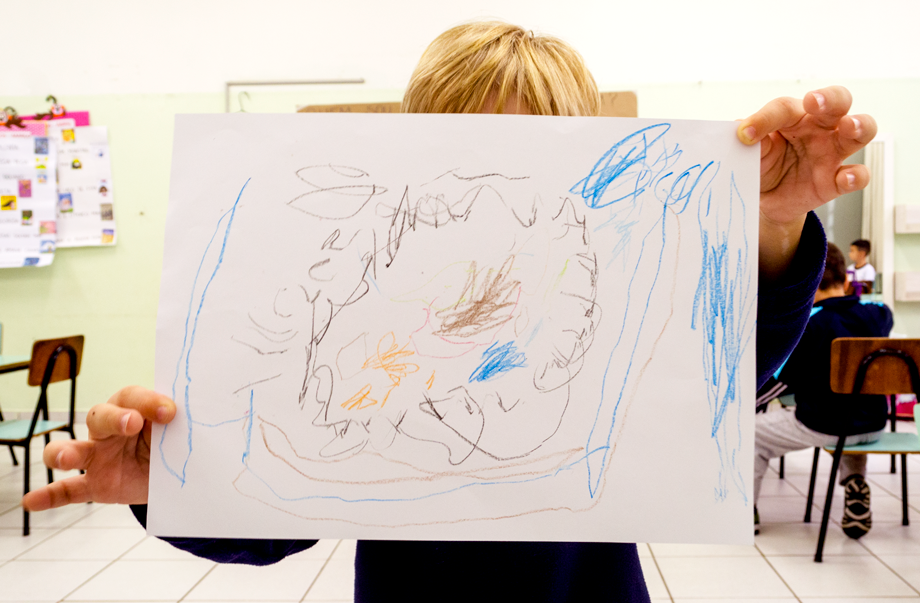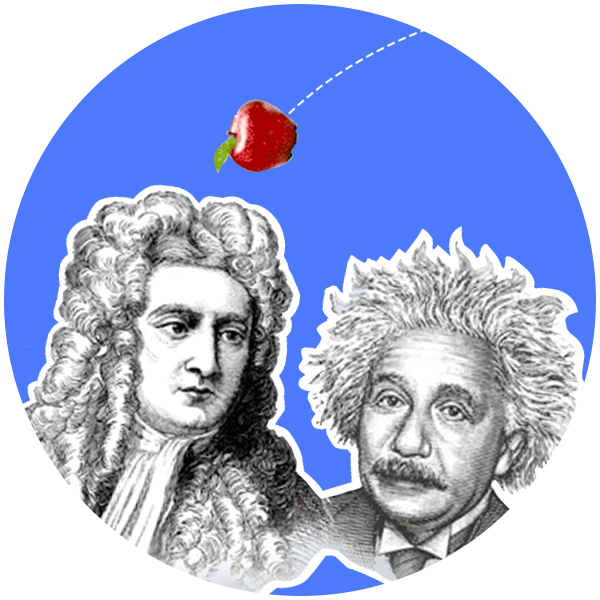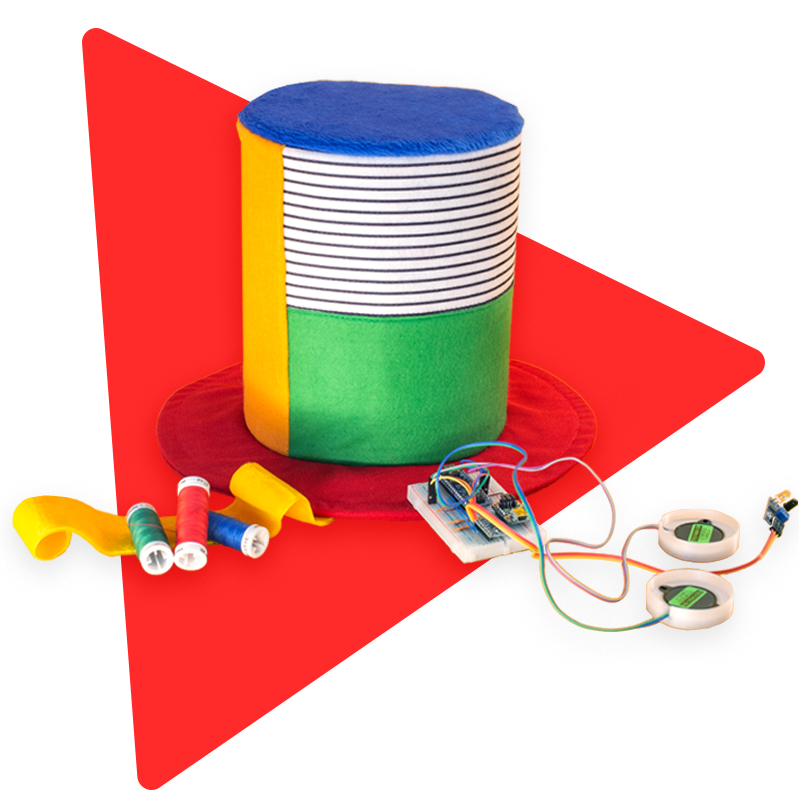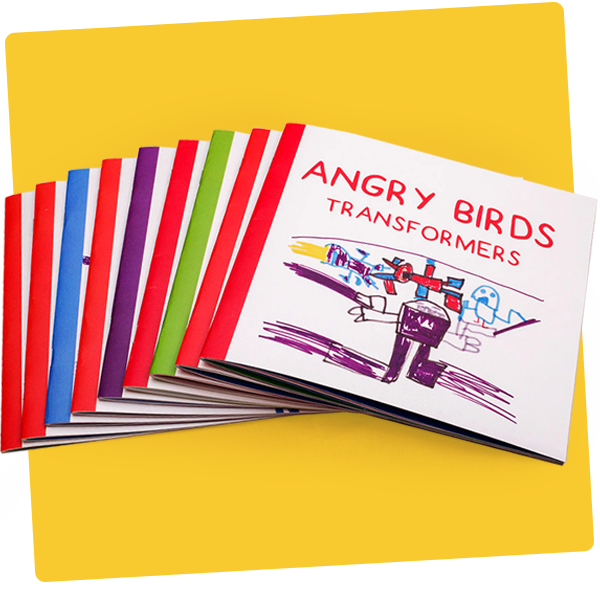As part of my graduation thesis at FAU USP, I explored the relationship between 'pretend play', storytelling, and children's learning process in early childhood.
To pretend in play, children use symbols by making one object stand for another. A cardboard box, for instance, can become a cave, a spaceship, or a castle.
But what would happen if the same cardboard box could respond to children's interactions? Would even a slight unexpected intervention have the power to challenge their reason and curiosity?
COISO is an interactive cardboard would-be-creature that stimulates storytelling and imagination.
Bring it to life!
COISO's first experiment focused on kids between 4 to 5 years old and took place at a public school where my mother is a teacher. I designed a three-day sequence of activities to stimulate social, emotional, and cognitive processes.
The experience started when a mysterious, sleepy cardboard box appeared in the classroom. Kids thought: "It breathes and has eyes. How is that possible? What is it? Where did it come from?"
" He entered a portal from the world of imagination and ended up in our classroom!
Beatriz, 5 years-old
Beatriz, 5 years-old
" I know what's inside! My grandma, my dad, my mom, and my grandpa!
Júlia, 4 years-old
Júlia, 4 years-old
" I think he is an astronaut because of these tiny little lights underneath him.
Gabriel, 5 years-old
Gabriel, 5 years-old
These questions encouraged the children to interact with COISO and share their discoveries: when you shake him, his eyes blink in different colors; when you let him alone for a long time, he falls asleep; when you touch him, he emits sounds; and so on.
Each interaction raised new hypotheses and discoveries that they represented in their drawings.


Besides portraying what they were seeing, the children spontaneously embedded their background experiences and interests in the drawings. While some added flowers and natural elements to the pictures, others sketched COISO's spaceship arriving on Earth.
Lastly, they materialized their shared vision of COISO. The children used the cardboard box as a canvas where they drew and glued colored paper to create their imaginative creature together.
Working collaboratively, they engaged with others and exercised empathy by listening, sharing, and taking turns. These abilities are crucial for children's developing language, storytelling skills, and affection bonds.
The creature's brain
To make all this happen, COISO responds differently depending on children's interactions. For that, it uses a series of sensors and actuators.
Capacitive and magnetic → Touch
RGB LEDs→ Eyes and body
Sound speaker → Breath, sleep and sound
Accelerometer → Check the body orientation
This modular physical-digital interactive 'core' enables any box (or whatever imagination wants) to serve as a body for a new imaginative creature. The possibilities are endless!
The creature's soul
Can children differentiate fantasy from reality? This question sparked the research that gave birth to COISO. Seeking an answer, I delved deep into pedagogy, art expression, psychology, and their relation with design.
Bruno Munari's work and thoughts heavily influenced this work. Fantasy is the heart of his practice and he encouraged children to learn about the world through play and experimentation. COISO aims to do that.
Many years later, although some of my ideas about education changed, after working closely with public schools, I still strongly believe that imagination and fantasy can help us design and envision better futures.
My role
Naming
Overall Design
Research
Prototyping (+ Andrei Speridião)
Experience (+ Luciana Marini and Andrei Speridião)
Testing (+ Luciana Marini)






















